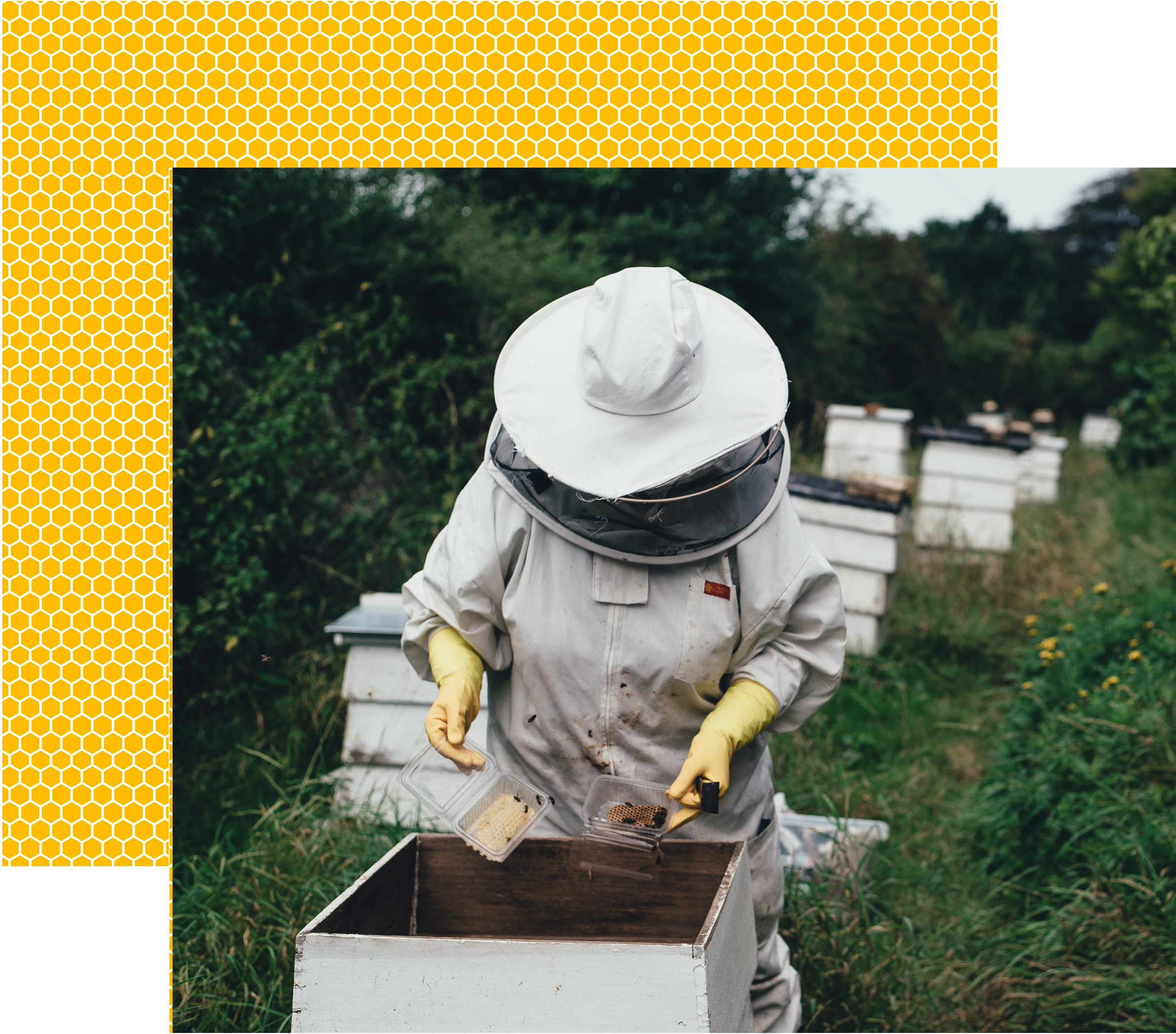Origins

There are more than 20,000 species of wild bees. Many species are solitary (e.g., mason bees, leafcutter bees (Megachilidae), carpenter bees and other ground-nesting bees). Many others rear their young in burrows and small colonies (e.g., bumblebees and stingless bees). Some honey bees are wild e.g. the little honeybee (Apis florea), giant honeybee (Apis dorsata) and rock bee (Apis laboriosa).


